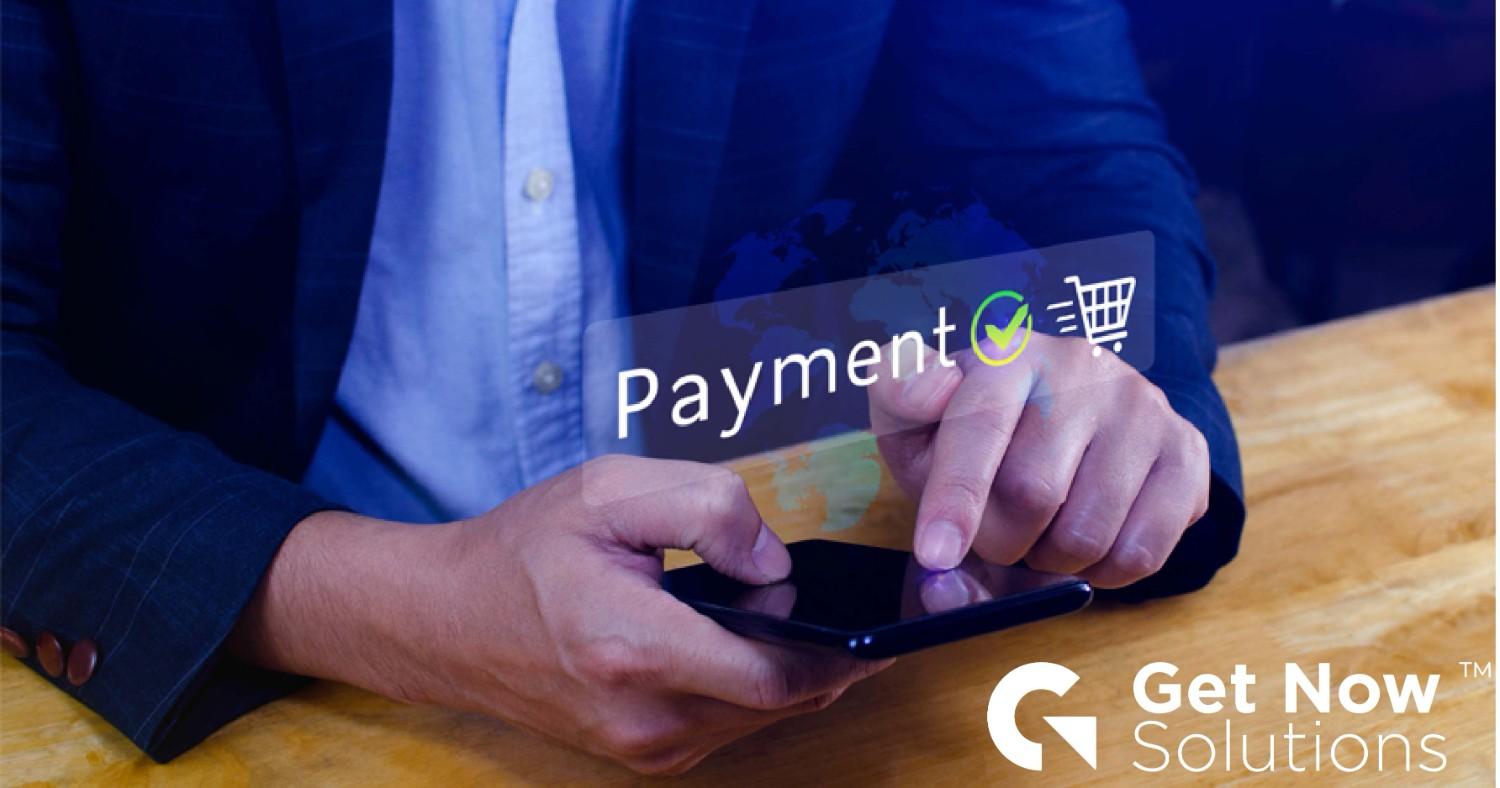
Top 10 Payment Gateway Facts You Should Know
In this digital world, any business that accepts online payments must have a payment gateway. Whether small or big corporate, knowing how payment gateways work can make a lot of difference in your transactions. Here are the Top 10 Payment Gateway Facts You Should Know.
Top 10 Payment Gateway Facts for Every Business:
1. What is a Payment Gateway?
A payment gateway is a technology that enables businesses to accept electronic payments through credit cards, debit cards, and other forms of digital payment. It acts as a bridge between the customer and the merchant, facilitating transactions securely.
2. How It Works
When a customer makes a purchase, the payment gateway encrypts their payment information and securely transmits it to the payment processor. This information is then forwarded to the customer’s bank for authorization. Once approved, the funds are transferred to the merchant’s account.
3. Types of Payment Gateways
There are several types of payment gateways:
- Hosted Payment Gateways: Redirect customers to a secure page to complete the transaction.
- Integrated Payment Gateways: Allow customers to make payments directly on your website without being redirected.
- API Payment Gateways: Require more technical knowledge to integrate and are customizable to suit specific business needs.
4. Security Features
The payment gateway ensures protection of sensitive data with the help of advanced security measures, such as encryption, tokenization, and a series of fraud detection tools. Customer information is also safeguarded through compliance with standards such as PCI DSS, which stands for Payment Card Industry Data Security Standard.
5. Fees and Costs
Most payment gateways charge transaction fees, which can range from a fixed amount to a percentage of the sale. It’s important to compare different providers to understand their fee structures and how they may impact your bottom line.
6. Settlement Time
After a transaction is approved, the time it takes for funds to reach your account can vary. Typically, settlement times range from 1 to 3 business days, but this can depend on your payment gateway and bank processing times.
7. Customer Experience Matters
A seamless payment process is crucial for customer satisfaction. Choose a payment gateway that offers a user-friendly interface, quick load times, and multiple payment options to enhance the customer experience.
8. Support for Multiple Currencies
If you plan to sell internationally, consider a payment gateway that supports multiple currencies. This feature allows customers to pay in their preferred currency, making transactions easier and increasing your global reach.
9. Mobile Compatibility
With the rise of mobile commerce, ensuring that your payment gateway is mobile-friendly is essential. A responsive design will enable customers to complete transactions easily on their smartphones or tablets.
10. Integration with Other Tools
Many payment gateways can integrate with other business tools, such as accounting software, inventory management systems, and e-commerce platforms. This integration can streamline your operations and improve efficiency.
Conclusion:
Understanding payment gateways is essential for digital businesses. Here are the top 10 payment gateway facts: they enhance security, improve transactions, and support growth, ensuring a seamless customer experience. Choosing the right one allows you to facilitate transactions confidently.












